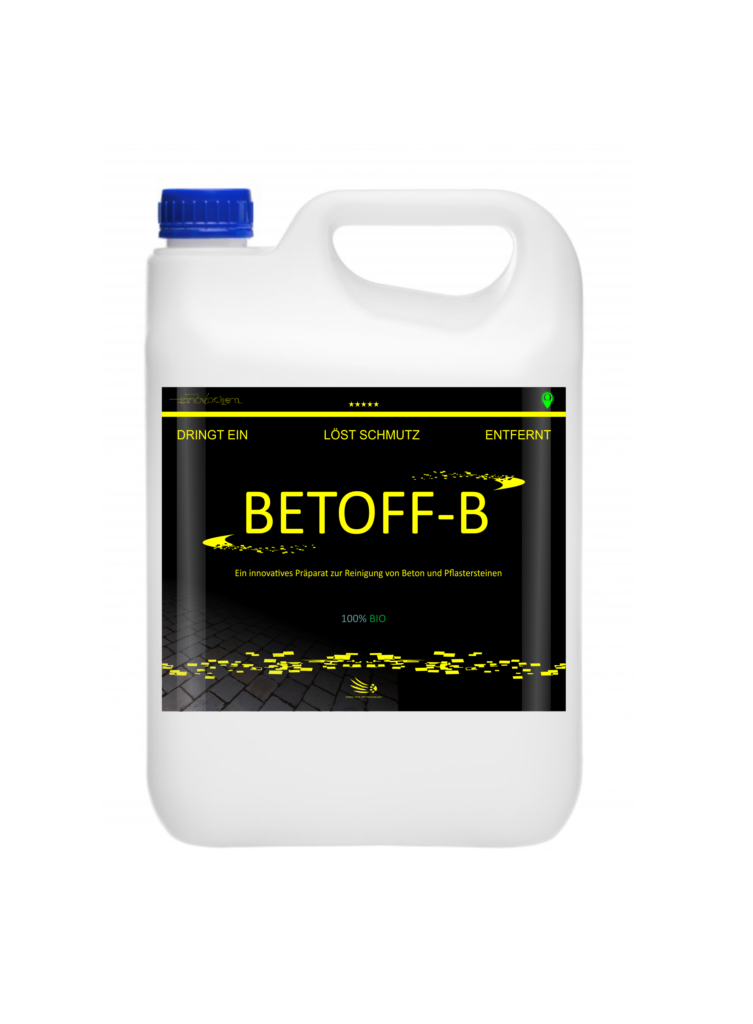TEN SURFACE ROUGHNESS STAGES
CONCRETE ROUGHNESS. Our series on concrete surface preparation began with a look at identifying, eliminating, and fixing damaged concrete. We covered the many kinds of surface impurities on concrete and their cleaning techniques in Part II. We will discuss surface roughening techniques in Level III, in order to prepare surfaces for coating or painting.
CONCRETE ROUGHNESS. Just enough of a rough
It is necessary to roughen the surface of the concrete if it is free of damage and pollution, but to what extent? Blasted concrete surfaces are too coarse to be measured in mils or microns with a tape measure.
The International Concrete Repair Institute’s molded rubber roughening chip is the best reference tool for figuring out concrete surface profiles. These samples are meant to be directly compared, both visually and tactilely, to a specific concrete surface, representing ten degrees of surface roughness.
For these ten classes, there isn’t a definitive textual description: The centering system is the norm. ICRI, however, outlines the minimum surface profile required for various coating kinds.
Additionally, ICRI provides surface preparation techniques that can replicate a certain concrete surface profile.
Shot blasting is a highly versatile technique. It has surface profiles ranging from CSP 2 to 7. Shot blasting may be applied to above and vertical surfaces, in contrast to many of the other methods mentioned. But it isn’t able to remove concrete as deeply as other mechanical techniques, like scraping, can. One important method for eliminating the microcracks these operations leave behind is shot blasting.
CONCRETE ROUGHNESS. Grate
Depending on the roughness of the grinding wheel, grinding can remove deposits, cracks, and surface contaminants and leave a smooth or polished surface in its place.
The discs can leave circular patterns or grooves on the surface as they travel at a right angle to it. For horizontal surfaces, floor grinders are employed. Vertical surfaces are ground with hand-held grinders.
There is no microcracking risk.
CONCRETE ROUGHNESS. Pickling with acid
Etching produces a polish like to sandpaper by dissolving cement and revealing small particles. In order to prepare the surface for primer or other thin coatings, it is used to remove cement laitance and softly roughen the surface. Handling acid is hazardous and challenging since the vapors not only cause health risks but also etch stainless steel and aluminum objects, such electrical boxes and pipes, when they come into touch with them.
There is no microcracking risk.
CONCRETE ROUGHNESS. Scaling needles
Concrete surfaces are broken down by needle scalers by means of steel rods that are propelled by hydraulic or pneumatic impulses. For the removal of efflorescence and other brittle incrustations, needle scalers are frequently utilized. The collision forms a surface profile resembling a crater.
Minimal chance of microcracks
CONCRETE ROUGHNESS. Sandblasting
A compressed air stream is mixed with either dry or wet abrasive during the sandblasting process. The abrasive particles cause an abrasive effect when they strike the substrate because they penetrate it and loosen the mortar and tiny material pieces. Shot blasting produces a profiled surface by eliminating adhesive foils, coatings, and contaminated concrete from the surface.
Furthermore, for the delicate abrasion of flaking, efflorescence, and sensitive surfaces, the wet shot blasting approach is advised. Both approaches work well for indoor and outdoor applications and can be applied to horizontal, vertical, and above surfaces.
There is no microcrack risk.
CONCRETE ROUGHNESS. Blast firing
Using a wheel, steel is shot blasted onto the concrete surface during the shot blasting process. The shot breaks down the concrete and contaminants, roughening the surface in the process. The spent shot is recycled after being removed from the trash. Shot blasting has the same uses as abrasive blasting and is the recommended technique for cleaning and shaping horizontal surfaces. Robots can shoot balls on horizontal surfaces under certain conditions.
There is no microcracking risk.
CONCRETE ROUGHNESS. Jets of water
High-pressure and extremely high-pressure water jets clean the surface and remove impurities. It can be applied to overhead and vertical surfaces, just like abrasive and shot blasting. With a coarse aggregate diameter of 10, it can create CSPs in the range of three to ten. Put differently, aggregates can be eliminated by the water jet.
No chance of tiny cracks
CONCRETE ROUGHNESS. Tearing
The components of a concrete milling machine are steel bars set on a steel drum that have gears arranged in rows on them. While the drum is spinning, the backing hit the surface, smashing and shattering the concrete and leaving a splattered trail behind. Scarification is limited to horizontal surfaces.
Moderate risk of micro-cracks
Rotating milling
A tensioned form of a large, power-hungry concrete milling machine is called a rotary milling machine. Instead of pads, it has teeth on the drum. Deep grooves and streaks are produced as the teeth’s impact splits the concrete into dust and splinters. Small teeth can provide a CSP of six on a rotary milling machine, whereas large teeth can provide a CSP of nine. The reason it stops just short of a CSP of 10 is that the rotary milling machine fractures the assembly instead of disengaging it. It is only possible to use a rotary milling machine on horizontal surfaces.
Elevated chance of micro-cracks
Grinding
Several air-powered, pointed piston heads that shred, flake, and shatter the surface are found on milling machines. They are frequently employed to demolish low-rise concrete structures and produce rough, irregular surfaces.
Extreme microcracking risk
Hammer
Concrete is broken up using air hammers and chisels by using their blades or heads to break the surface. They achieve this by going through the crack and hitting it repeatedly until big chunks of concrete come off. They can be applied to surfaces that are vertical (chisel hammer) or horizontal (air hammer).
Extreme microcracking risk
Surface-delaying agent
To stop moisture from developing on the surface of freshly poured concrete, a chemical known as a surface retarder is sprayed on. The coarser components can then be seen and removed by pressure washing or scrubbing away the unreacted cement mix.
- There is no microcracking risk.
- The coarseness of concrete and the coarseness of its surfaces
- Blocks and rings made of concrete
- Roughness and roughness of concrete. Important lessons learned
Thus, how can you be certain that the concrete surface profile you have is correct? Although the most dependable approach is using ICRI rubber comparator chips, there is still a great deal of space for interpretation.
Making an order standard is the best technique to reach a target for the surface profile that is clearly specified. Collaborate with the other stakeholders to create a surface profile that approaches the designated CSP as shown by the comparator. The order standard becomes the blaster’s point of reference once everyone is in agreement on it.
The peel test
Adhesion is the main sign of a properly prepared surface. The peel test method can be used to verify this. In order to limit the upward force to the area just beneath the steel disc, the final surface is covered with a steel disc that is cemented to it, and the concrete is scored all the way around. The glass is compressed with the adhesion tester until it breaks free. The bond is the weakest point in the system, thus if the sample loosens on the prepared surface plane, there may be an issue with the surface preparation. It’s a good sign that the concrete is still imperfect if the bond holds but the concrete splits at less than 10% of the predicted compressive strength.
The roughness and roughness of concrete. Comparing Tensile and Compressive Strength
The resistance of a material to failure is measured by its compressive strength.
The resistance of a substance to being pulled apart is measured by its tensile strength.
Though they are not exactly proportionate, the two are connected. About 10% to 15% of concrete’s compressive strength is its tensile strength.
What liquid should I use to clean rough concrete?
The best concrete cleaning fluid is a product called BETOFF-B. It contains only cosmetic raw materials that penetrate persistent dirt. Just a few minutes and all stains disappear from the concrete making it clean again.

